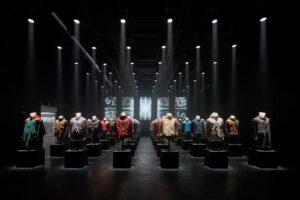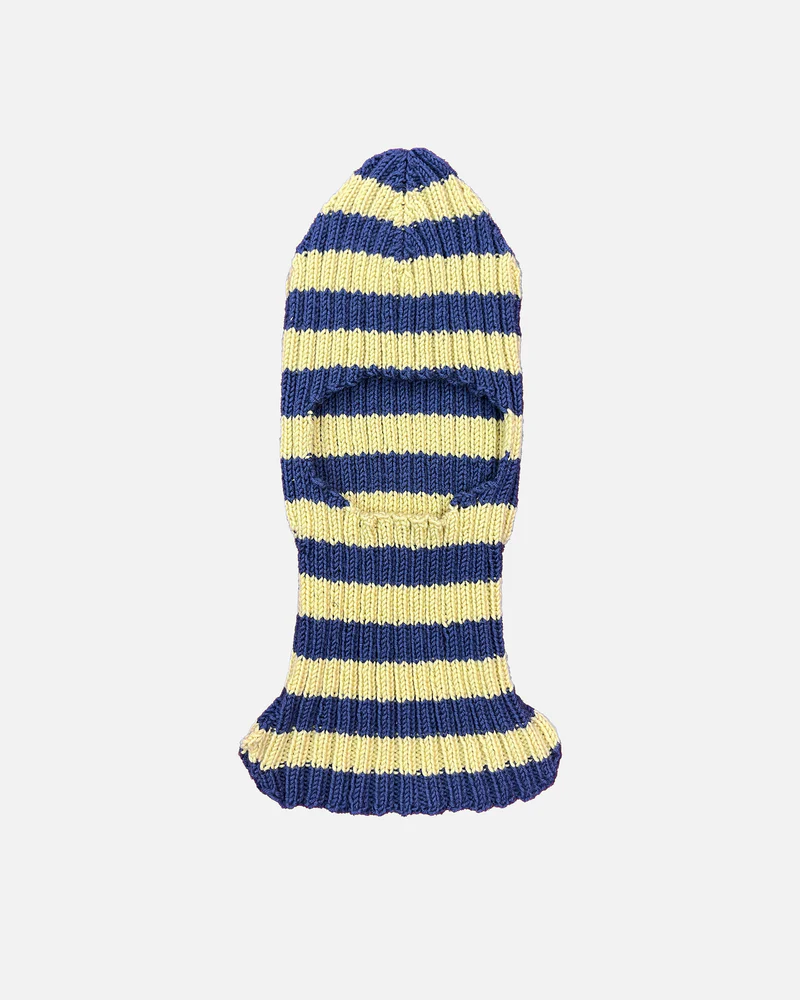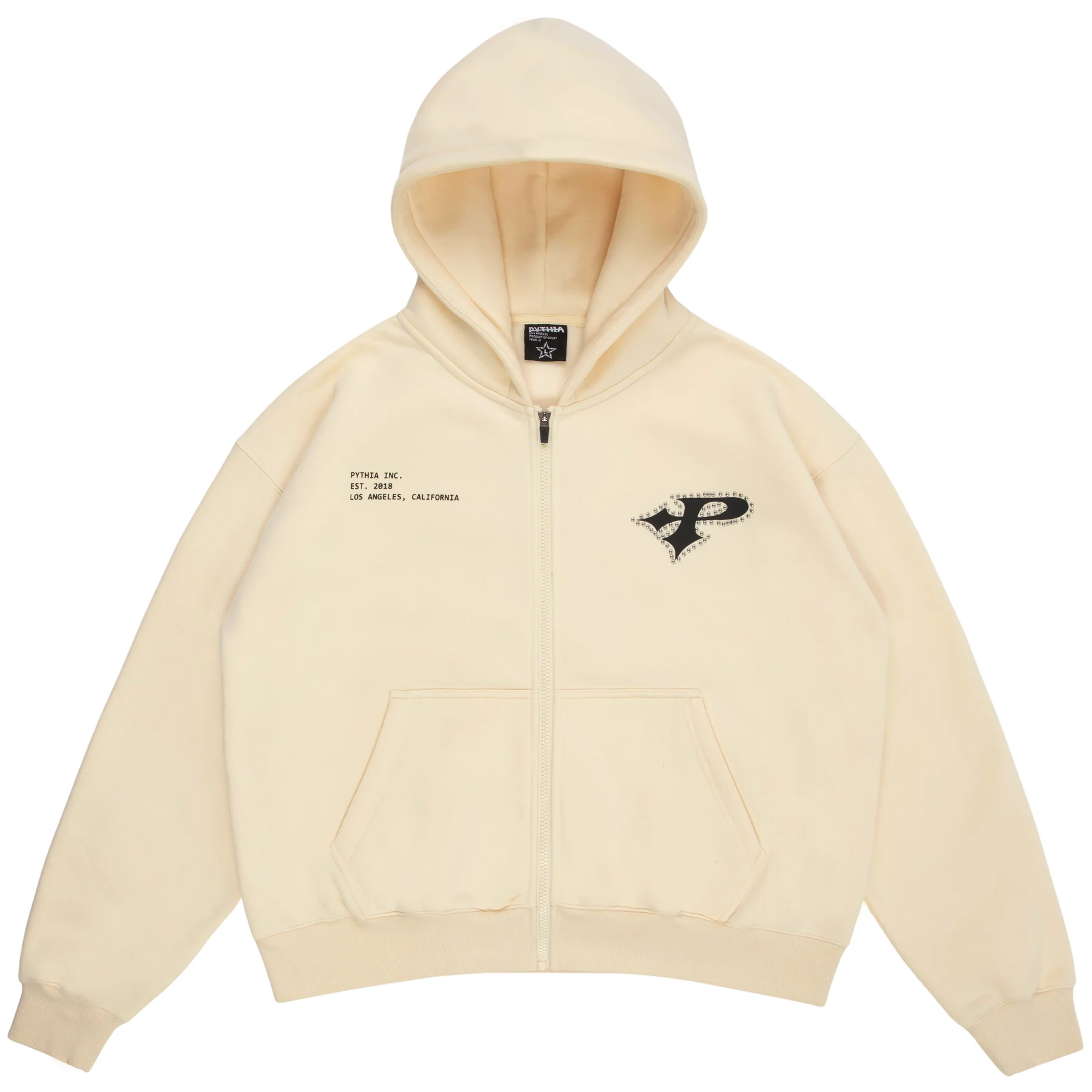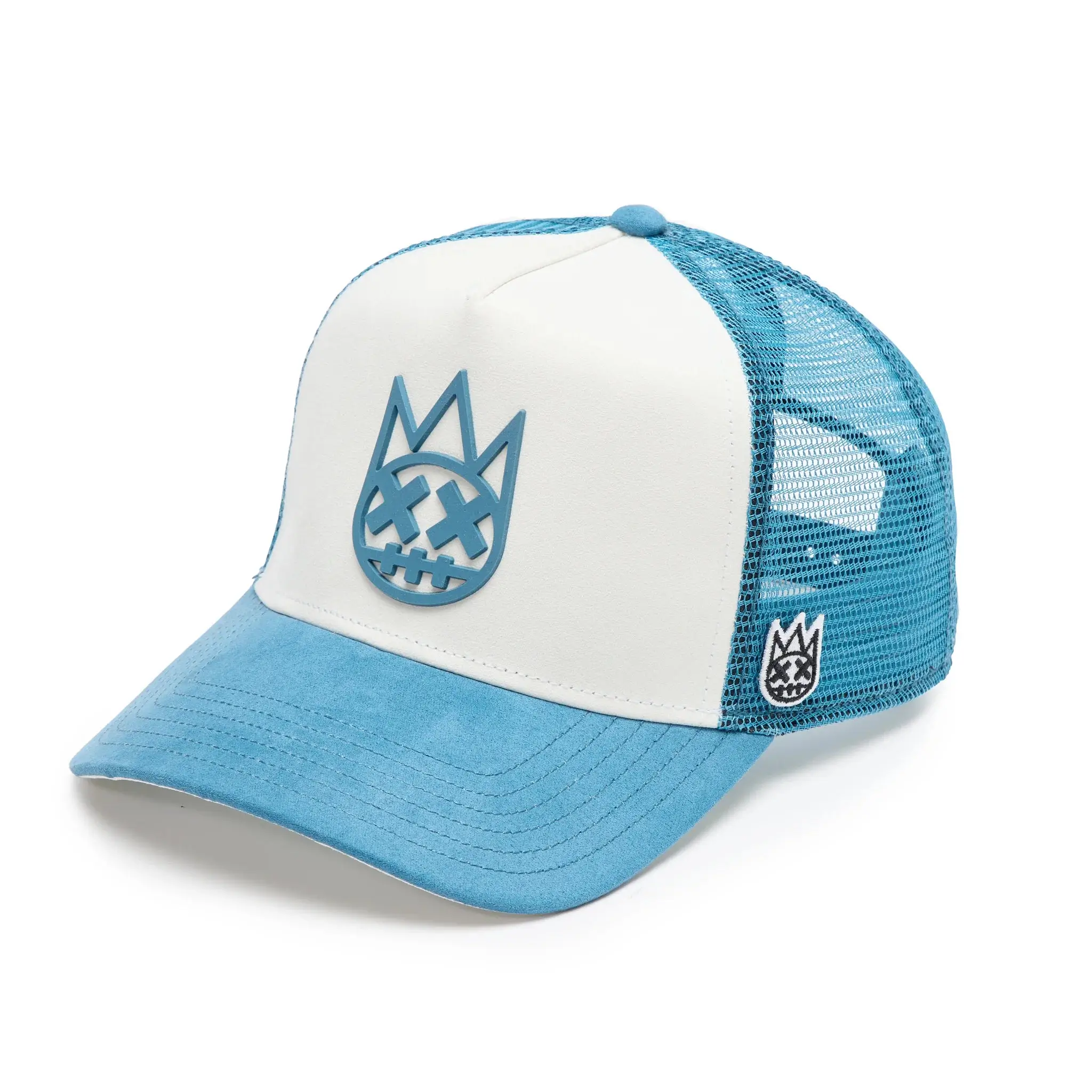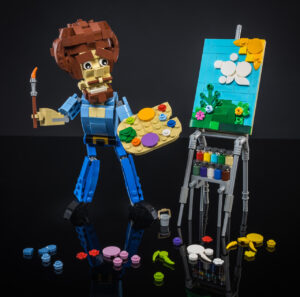Stone Island has long occupied a singular position in the fashion landscape—not as luxury, not as pure utilitarianism, but as a kind of cultural workshop. Since its founding in 1982 by Massimo Osti, the brand has built a reputation on material experimentation, garment dyeing innovation, and an understated uniformity that resists transient aesthetics. Theirs is a philosophy of process rather than provocation.
Now, with Robert Triefus entering his second year as CEO, the brand’s future is being shaped by both quiet recalibration and strategic extension. His leadership has introduced a notable shift: a stronger articulation of the “LAB & LIFE” philosophy—a twin focus on technical innovation (“LAB”) and cultural integration (“LIFE”). Triefus, a seasoned executive with past tenures at Gucci and other Kering labels, is less interested in spectacle than in structure. The work under his guidance has not broken with Stone Island’s past but rather expanded its foundation—layering new narratives over old convictions.
The Architect of Evolution: Who Is Robert Triefus?
Triefus is not a designer. He is not a celebrity CEO. He is, by training and temperament, a strategist—someone who reads systems and calibrates growth with patience. His appointment at Stone Island signaled less a brand “reinvention” than an alignment with new demands: sustainability, storytelling, and scale.
In a follow-up conversation one year after a previous interview in Beijing, Triefus spoke with modesty about the “beautiful evolution” of Stone Island over the last 12 months. His phrasing was precise, but never promotional. He emphasized the integration of community into the brand’s story, as well as continued investments in research and material development.
There is no rebrand here—only a sharpening of focus.
The LAB: Innovation as Discipline
Stone Island’s commitment to fabric innovation has never been marketing gloss. It is, structurally, the brand’s backbone. Technical material development began with Osti and remains central today, from heat-reactive fabrics to militarized knits and reflective textiles. Under Triefus, this focus remains undiluted.
What’s changed is how the brand now communicates its experiments.
The past year has seen Stone Island refine its in-house R&D operation into something more accessible—not necessarily in design, but in narrative. Rather than showcasing end-products alone, they’ve begun to open the door on process. Through exhibitions, collaborative editorial content, and physical installations, the brand allows its audience to witness the method behind the material. This is not transparency for its own sake—it’s precision made legible.
The LAB isn’t romanticized. It’s explained. Documented. Framed.
The LIFE: Culture Without Spectacle
Stone Island’s “LIFE” pillar is, by contrast, more fluid. It encompasses community, collaboration, and context—the social texture that gives technical garments meaning. The brand’s involvement in the Hypebeast Flea event, the reissue of its Storia book, and the screening of the Infinite Colours documentary are not attempts at trend capture. They are historical gestures, designed to re-anchor Stone Island within the cultural memory of its base while inviting new participants into its archive.
Inviting figures like Spike Lee or Ethan Ruan is not branding via association. It’s branding through resonance. These are artists whose approach to discipline, legacy, and self-authorship mirrors the values embedded in the brand’s own textile philosophy.
Stone Island, under Triefus, does not aim for omnipresence. It chooses its moments carefully—never shouting, but always situated.
Exhibitions as Strategy: Studio One and Selected Works 982–’024
Two key exhibitions in 2024–2025 illustrate the direction of the brand under Triefus.
Studio One: Friendly Pressure, presented during Milan Design Week, served less as a fashion display than a working installation. It made material development tangible—offering immersive experiences of heat-sensitive fabrics, wearable experiments, and evolving prototypes. It emphasized design as an ongoing activity, not a static result.
Meanwhile, Selected Works 982–’024, held in Los Angeles, created a retrospective arc that emphasized consistency over trend evolution. This was not a “highlight reel,” but a survey of problem-solving through textile. The show moved between decades without irony or reinvention. It revealed the brand’s central thesis: to design is not to follow fashion, but to refine purpose.
These exhibitions aren’t gestures of luxury branding. They’re forms of design literacy.
The Quiet Force of Community
One of the more understated aspects of Triefus’s strategy is his emphasis on the people around the brand—not just wearers, but thinkers, makers, and supporters. Stone Island has never relied on traditional marketing campaigns. Instead, it has grown organically through loyalty, subculture, and quiet alignment.
Triefus does not seek to manufacture a new community. He aims to acknowledge and engage the existing one—through interviews, curated collaborations, and editorial documentation. Whether that community is centered in East London, Milan, Seoul, or Brooklyn, it is characterized by its seriousness, not its spectacle.
Wearing Stone Island, in this context, is less about belonging to a trend than participating in a tradition of material thinking.
Sustainability Without Slogans
A central challenge for any technical brand in 2025 is how to approach sustainability without compromising innovation. Stone Island is not yet at the forefront of regenerative or biodegradable textiles, but its R&D lab has begun integrating more sustainable dye processes, modular components, and long-life design principles.
What’s notable is the absence of overstatement. Triefus speaks of these initiatives not as moral high ground, but as necessary progressions. The goal is durability. Responsiveness. Reduction of waste through refinement, not through self-congratulation.
In an industry flooded with sustainability marketing, Stone Island’s modesty reads as credibility.
Bridging Legacy and Function: The Role of Design Language
One of the key tensions in heritage brands is how to update visual language without erasing the past. Stone Island walks this line through continuity, not rupture. Their silhouettes remain familiar—technical jackets, cargoes, knitwear, outer shells—but each season introduces subtle shifts in construction, layering, and fabrication.
There’s a restrained futurism at work. No loud logos. No drastic cuts. Just a steady dialogue between past and present, articulated through seams, textures, and modular systems.
Under Triefus, this visual discipline remains intact. His role seems not to disrupt the brand’s design vocabulary, but to expand its fluency—applying it across new media, new contexts, and new conversations.
Leadership Without the Personality Cult
In an era of personality-driven branding, Triefus represents something of a throwback. He is not the face of Stone Island. He is its frame. His presence in interviews is thoughtful, calm, deliberate. He avoids hyperbole. He speaks of the team. Of “we,” not “I.”
This leadership style is rare—and well-suited to a brand whose core values are craft, clarity, and community. Rather than infusing his persona into the brand, Triefus allows the brand to deepen its own.
His influence is systemic, not stylistic. A curator of momentum rather than a disruptor.
Impression
There is a temptation to look at every fashion house through the lens of reinvention—who’s new, what’s next, how fast can it scale. But Stone Island, under Robert Triefus, offers a different model. It is a case study in disciplined evolution—one where process leads, product follows, and visibility is earned through integrity, not noise.
The work of the last two years has not transformed Stone Island into something new. It has clarified what it already was: a design laboratory with a loyal audience, a history of material research, and a cultural presence earned through restraint.
Triefus doesn’t seek to make Stone Island louder. He seeks to make it more precise. And in that precision, the brand finds its future—not as a disruptor, but as a standard.
No comments yet.



